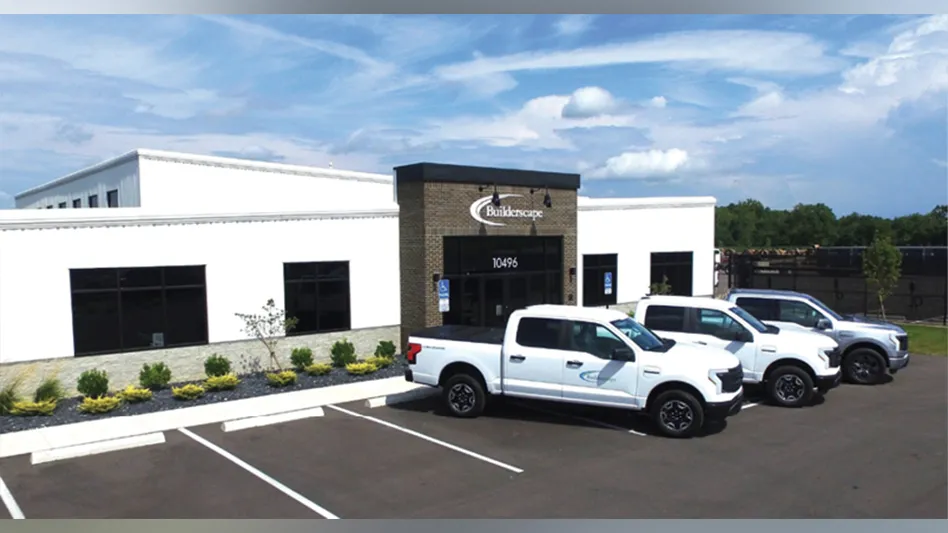Travels with Jim follows Jim Huston around the country as he visits with landscapers and helps them understand their numbers to make smarter decisions.

I met Barbara at one of my estimating workshops. She had a residential design/build landscape company in Silicon Valley, just south of San Francisco. It was a great market and things were booming. However, for Barbara, things were going bust.

She told me that the more sales she did, the less money she made. Her bottom line was deteriorating and she needed to fix things – and fast. I asked her how she priced her work. Her response immediately told me what the problem was.
Barbara said that her CPA had told her to divide her direct costs on a job for materials, field labor, labor burden and equipment by 0.666. This would equate to a 50 percent markup and a 30 percent gross profit margin (GPM) that should cover general and administrative (G&A) overhead and net profit. ($100 ÷ 0.666 = $150 or $100 x 1.5 = $150. The GPM is $50 or 30 percent). This formula, I informed her, would virtually guarantee that she would eventually go broke. Her problem was in the formula she was using to price her jobs.
How it works in the field.
Let’s look at two jobs that will identify Barbara’s mathematical problem (Chart 1 below). The total cost per month for her field labor with labor burden was $13,000. Her G&A overhead cost per month was $10,000. Equipment on the job totaled $7,000 per month.

These two jobs are a bit extreme, but I’ve seen jobs like these. One job is material-intense while the other is labor-intense. Interestingly, Barbara’s pricing formula would price both jobs the same at roughly $180,000.
Better pricing.
The question is how should these two jobs be priced? You’ll notice that Job A is a one-month job (Chart 2 below). It requires one month of field labor with

Conclusion.
Barbara overpriced Job A and she probably would not get the job. However, she seriously underpriced Job B and I bet she would get Job B. Keep this pricing maxim in mind: The market ain’t stupid. If you underprice your work, you’ll get lots of work.
Do you see Barbara’s mathematical error? Using a single decimal divider (0.666) applied to your total direct costs will almost always get you in trouble.
Barbara’s cost estimating error isn’t uncommon. It’s very common for accountants and CPAs to recommend such a single-digit multiplier to price jobs. Unfortunately, such a formula does not take into account the duration of the job. It treats all direct costs the same, so to speak. On its face, this method seems to make sense. However, upon further analysis, you can see why it breaks down.
Let me add that using any percentage-based method whereby you multiply your direct costs by certain percentages to measure, allocate, recover and control G&A overhead costs will eventually get you into trouble. Whether you multiply your total direct costs by a percent (or divide it by a decimal like Barbara), multiply material costs and labor costs by two different percentages, or use four different percentages (one applied to material costs, one for labor, one for equipment and one for subcontractor costs); you will not accurately allocate G&A overhead costs to your pricing.
Barbara fixed her bidding problem and now knows how to price her work accurately, especially regarding her G&A overhead costs. Whether she corrected her CPA problem is another issue altogether.

Explore the July 2018 Issue
Check out more from this issue and find you next story to read.
Latest from Lawn & Landscape
- Blue Diamond Attachments launches new rotary cutters
- Blossoming opportunities
- Hyundai adds HD100 Tracked Dozer
- Surfacing this summer
- Our July issue is live
- Schill Grounds Management acquires Pinnacle Landscaping
- Michael Hatcher & Associates expands operations to Huntsville, Alabama
- Heatwave hardships





